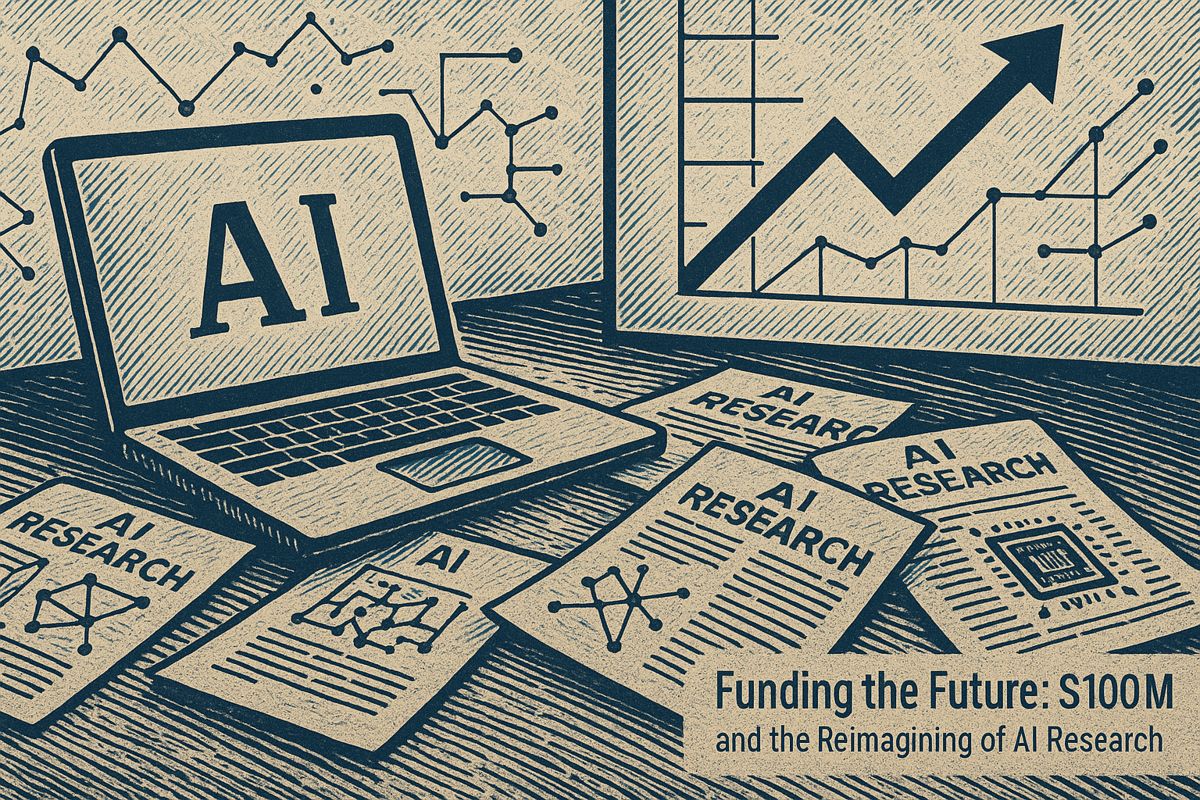OpenAI launched GPT-5 with four new models and an improved developer portal, making work faster and easier for businesses and developers. Companies using GPT-5 have seen big boosts in productivity, saving thousands of hours and cutting costs. The new models are available everywhere, including Microsoft 365 Copilot, and they help with everything from code writing to smarter chatbots. The developer tools are now simpler to use, and prices are lower for some tasks. Exciting new features and more improvements are coming soon.
What is the impact of OpenAI’s GPT-5 release on enterprise teams and developers?
OpenAI’s GPT-5 release delivers four model variants and a revamped developer portal, enabling enterprises to boost productivity, reduce costs, and streamline workflows. Early adopters report up to 7× more transactions per hour, 90,000+ staff hours saved, and significant performance gains versus previous models.
What just happened
On 7 August 2025 OpenAI dropped the full GPT-5 stack for developers: four model variants, an overhauled portal, new APIs and a set of ready-made eval tools. Within two weeks early adopters like Cursor, Vercel and UiPath are already reporting double-digit productivity jumps.
| Variant | Best for | Open access | Price hint |
|---|---|---|---|
| gpt-5-mini | fast prototyping | yes | 1.2 ¢/1k tokens |
| gpt-5 | general production | registration | 3.0 ¢/1k tokens |
| gpt-5-nano | edge devices | yes | 0.6 ¢/1k tokens |
| gpt-5-chat | conversational | yes | 1.5 ¢/1k tokens |
Why it matters to enterprise teams
- First-day benchmarks published by OpenAI show the flagship model hitting 74.9 % on SWE-bench Verified and 88 % on Aider polyglot, outrunning Claude Opus 4.1 (74.5 %) and Gemini 2.5 Pro (63.8 %). UiPath fed the model to its document-understanding pipeline and saw 7× more transactions per hour while saving 90 000+ staff hours* for a single insurance customer (Microsoft cloud blog sample cases).
What changed in the developer portal
OpenAI merged all docs into a single address: developers.openai.com. Inside you will find:
- Quick eval dashboard – A/B any two GPT-5 snapshots with built-in graders
- Vector store & MCP tools now ship in the Playground
- Six short guides (e.g., “Six tips for coding with GPT-5”)
- Live cost tracker that switches automatically between “fast” and “deep-reason” modes
Pricing shock and availability
GPT-5 is already available in Microsoft 365 Copilot, GitHub Copilot and VS Code for every tier. Azure AI Foundry’s new model router silently picks the cheapest/fastest variant per prompt, so you do not have to. Old GPT-4.5-preview and o1-preview models are now officially deprecated.
How teams are using it today
| Company | Task | Result |
|---|---|---|
| Box | Complex document workflows | Higher info retention + advanced reasoning |
| Vercel | Code generation | Faster setup, 30 % lower cloud spend |
| Urban Company | Chatbots | 85–90 % of queries solved, +5 % CSAT |
| Factory | Planning tasks | 2-day sprints shrink to 1.5 days |
What to watch
OpenAI’s Merett Miller and Szymon Sidor hinted on the AGI Trajectory podcast that the next stop is agentic chains connected through the same router. Greg Brockman separately confirmed that character-level tokenization – key for bio-sequence models – is already running in stealth for select labs.
How quickly are companies moving GPT-5 into production?
Adoption has accelerated in weeks, not months.
– 85 % of surveyed organizations already use or plan to use GPT-5 in 2025, up from 76 % for GPT-4 in 2024.
– Startups like Cursor, Vercel and Factory switched their default coding model to GPT-5 within days of the August 7 launch, citing faster setup and lower operational cost.
– Box, UiPath and Urban Company report 7× higher transaction throughput and 90 000+ hours saved after plugging GPT-5 into document-understanding and customer-service pipelines.
What concrete performance gains can engineering teams expect?
Coding benchmarks are significantly higher than the previous state of the art.
– SWE-bench Verified: 74.9 % (GPT-5) vs 69.1 % (OpenAI o3) and 30.8 % (GPT-4o).
– Aider polyglot: 88 %, beating every publicly reported competitor.
Early adopters note 50 % lower tool-calling error rates and praise the model’s ability to generate production-ready front-end code on first pass.
Which GPT-5 variant should we start with?
Four options let teams balance capability, latency and budget:
| Variant | Best for | Access level |
|---|---|---|
| gpt-5 | Full reasoning & complex workflows | Registration needed |
| gpt-5-mini | Fast, cost-efficient API calls | Open |
| gpt-5-nano | Ultra-low latency edge use cases | Open |
| gpt-5-chat | Conversational products & chatbots | Open |
Most pilot projects open with gpt-5-mini and graduate to gpt-5 once latency tests pass.
What new developer tools ship with GPT-5?
OpenAI shipped a unified developer portal that consolidates everything in one place:
- Quick eval dashboard – compare variants side-by-side with a built-in grader.
- Six tips for coding with GPT-5 guide – covers prompt patterns that cut hallucination rates another 15 %.
- Playground upgrades – vector stores, MCP tools and one-click evals mean prototypes can be user-tested in minutes.
All resources live at developers.openai.com.
How will roles evolve for developers and content creators?
Mid-2025 job descriptions already reflect the shift.
– Junior coders move from writing boilerplate to reviewing and steering AI output.
– Content teams hire AI editors who focus on brand voice and factual accuracy instead of raw production.
– Demand for systems architects and AI-integration leads is up 37 % on major hiring platforms since the August launch.



















